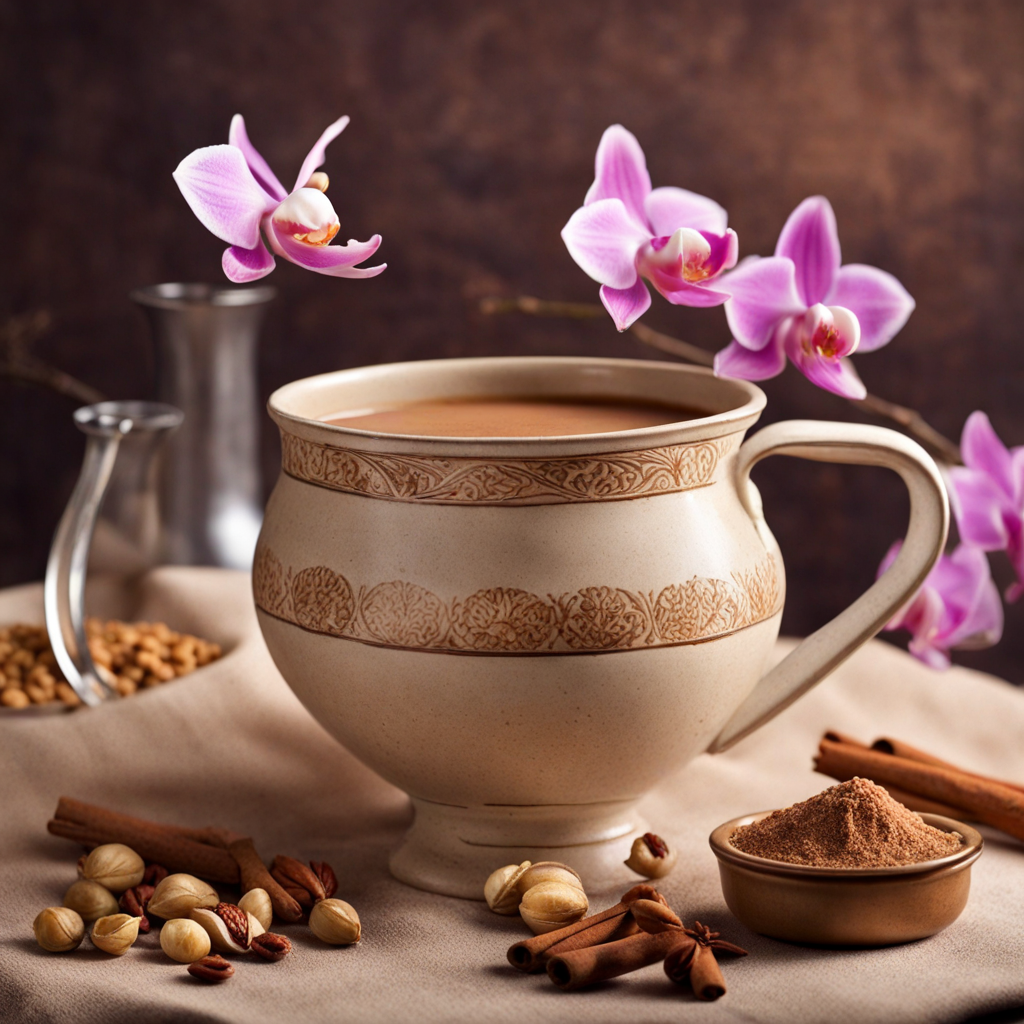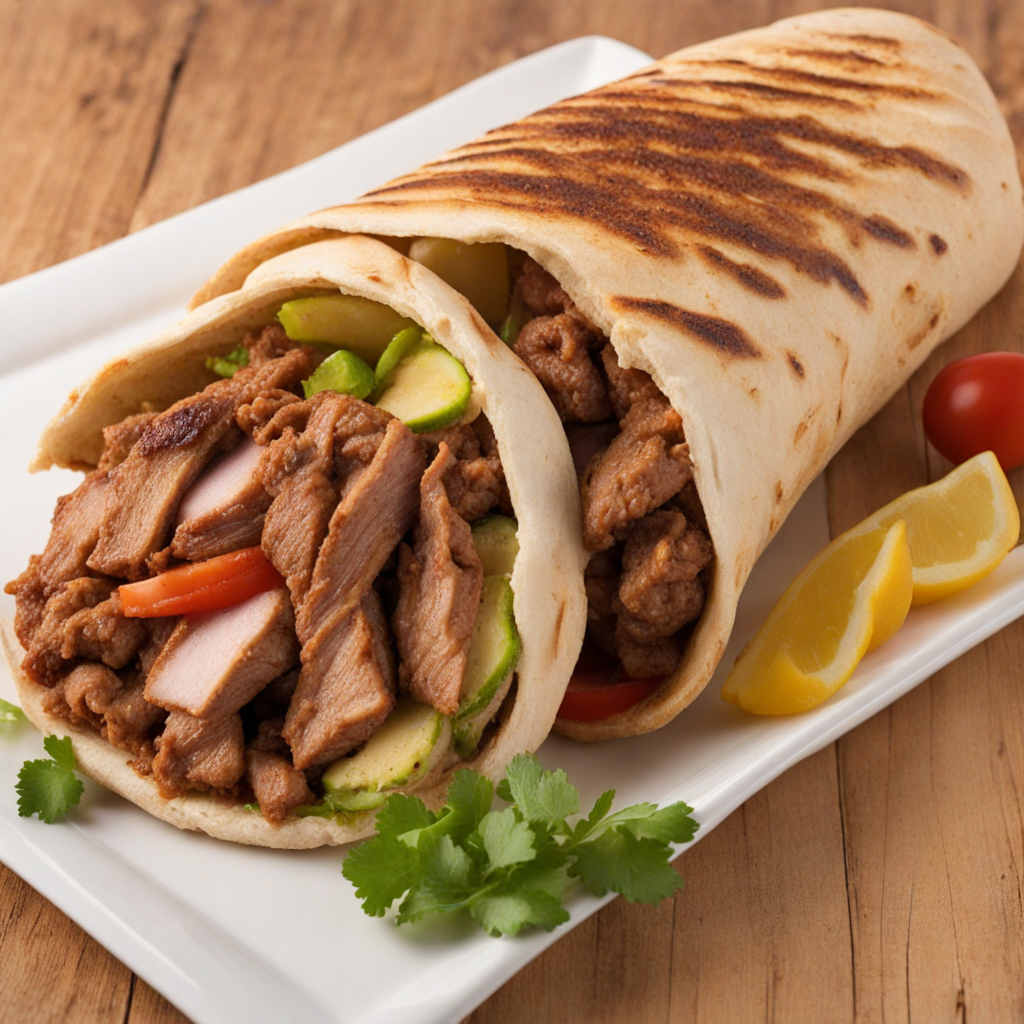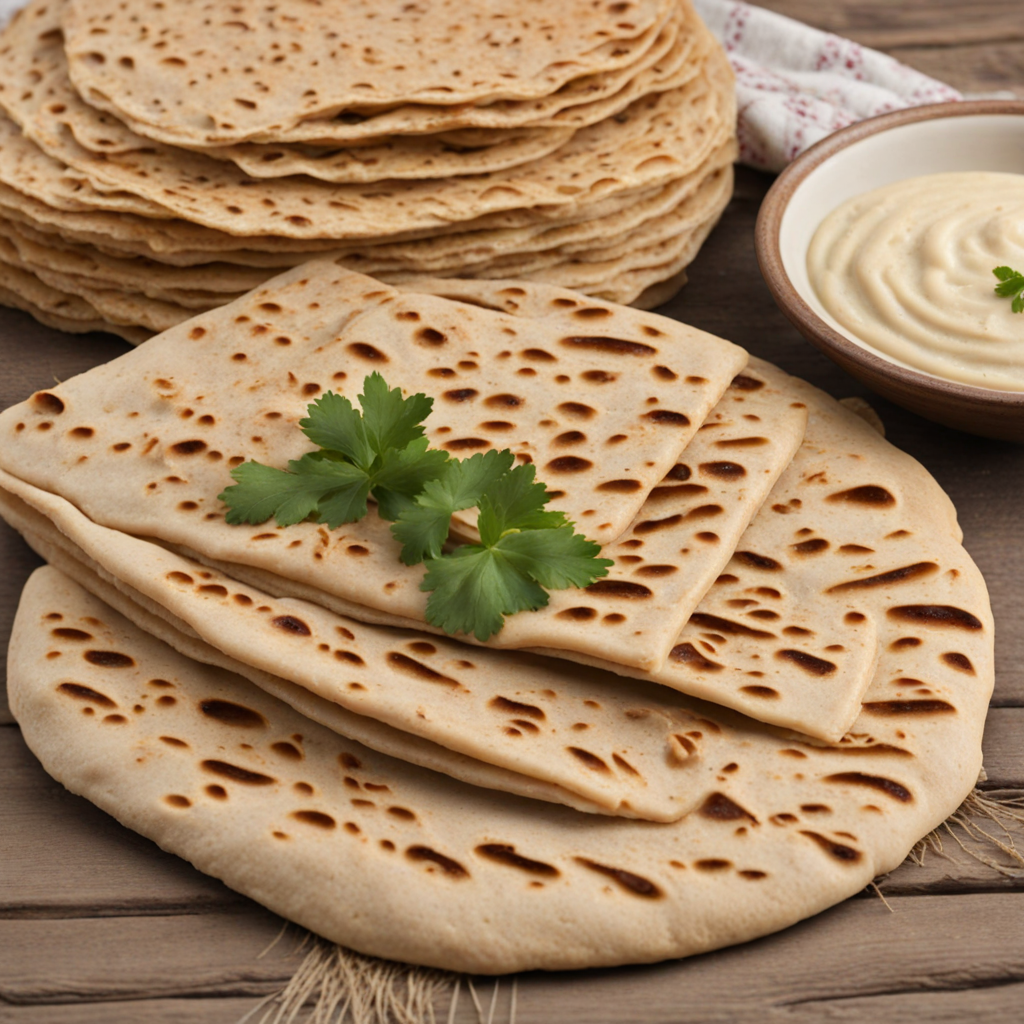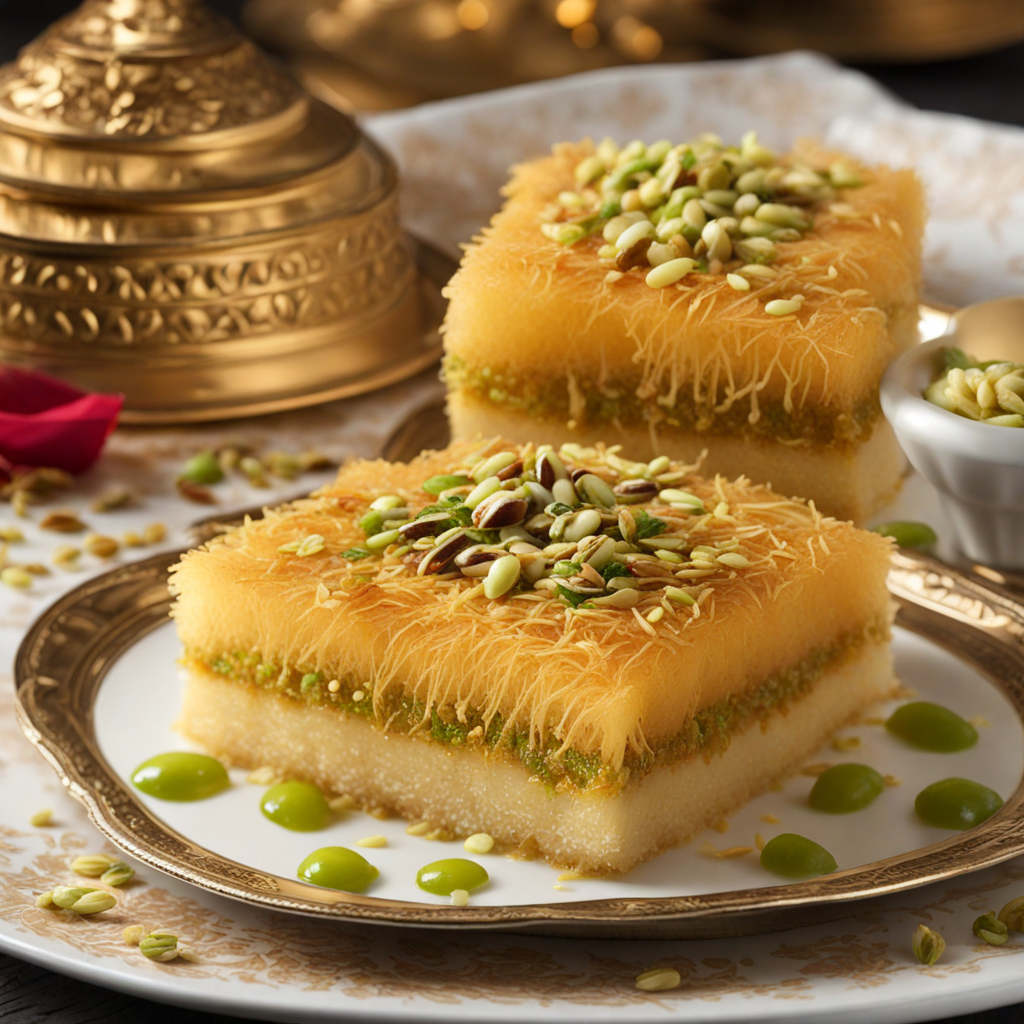Sahlab
Sahlab is a delightful and creamy beverage that hails from the rich culinary traditions of Egypt, often enjoyed during the cooler months as a warming treat. The base of this dish is made from the powdered tuber of the orchid plant, which is known for its thickening properties. When mixed with milk, sugar, and a hint of vanilla, Sahlab transforms into a luscious, velvety drink that offers a unique texture reminiscent of a warm pudding. The aroma alone is intoxicating, with hints of floral notes from the orchid and the comforting scent of warmed milk enveloping your senses. To further elevate its flavor profile, Sahlab is typically garnished with a sprinkle of ground cinnamon and crushed nuts, such as pistachios or almonds. These toppings not only add a delightful crunch but also introduce a nutty richness that complements the creamy base perfectly. Some variations may include a drizzle of sweet syrup or a sprinkling of coconut flakes, enhancing both the visual appeal and the taste experience. It’s a dish that invites you to savor each sip, as the layers of flavors unfold on your palate. What makes Sahlab truly special is its nostalgic quality, often evoking memories of family gatherings and cozy evenings. Each region in Egypt may have its own twist on this beloved beverage, making it a versatile drink that can adapt to personal preferences. Whether enjoyed on its own or paired with a selection of pastries, Sahlab is a celebration of comfort and warmth that beckons to be discovered by anyone looking to explore the diverse tastes of Egyptian cuisine.
How It Became This Dish
The History of سحلب (Sahlab) in Egypt Sahlab, a traditional Middle Eastern beverage, particularly cherished in Egypt, is a warm, creamy drink made from the starchy tuber of the orchid plant, often thickened with milk and flavored with various ingredients. The history of sahlab is as rich and layered as its flavor, reflecting centuries of cultural exchanges, agricultural practices, and culinary innovations. #### Origins of Sahlab The origins of sahlab can be traced back to the ancient civilizations of the Mediterranean, particularly in the regions that are now modern-day Turkey, Lebanon, and Egypt. The name itself is derived from the Arabic word “سحلب” which is a derivative of the Persian word “sahlab.” This term originally referred to the root of the orchid plant, specifically from the genus Orchis, which was ground into a fine powder to create the base for the drink. Historically, this drink was not only appreciated for its taste but also for its medicinal properties. The powder derived from the orchid tubers was believed to have restorative qualities, particularly in treating ailments related to digestion and respiratory issues. In fact, the use of sahlab as a remedy can be traced back to the writings of Avicenna, the Persian polymath, who detailed the health benefits of various herbs and plants. #### Cultural Significance In the Middle Ages, sahlab gained immense popularity across the Arab world and the Ottoman Empire. It was commonly consumed during the winter months, serving as a comforting beverage that provided warmth and nourishment. Street vendors would sell sahlab in cities like Cairo, Istanbul, and Damascus, where the cozy drink became a staple of urban life. The beverage was often associated with social gatherings, family events, and festive occasions, further embedding it into the cultural fabric of the region. Sahlab's significance extends beyond mere sustenance; it is often linked to communal experiences. In Egypt, for example, the drink is a common sight during Ramadan. It is served as a special treat to break the fast, offering a sweet and fulfilling option to replenish energy after a long day of fasting. The preparation of sahlab can be a communal activity, with families gathering to create their unique versions, adding personal touches with nuts, spices, and sweeteners. #### Ingredients and Variations Traditionally, sahlab is made using the orchid tuber powder mixed with milk, sugar, and a hint of rose or orange blossom water. The mixture is heated until it thickens into a custard-like consistency. It is then garnished with a variety of toppings, including crushed nuts (such as pistachios or almonds), cinnamon, coconuts, or raisins, which add texture and flavor. Over time, various regions have introduced their unique twists to the basic recipe. In Turkey, for instance, sahlab is sometimes served cold as a pudding-like dessert. In contrast, in Egypt, it remains predominantly a hot beverage, often enjoyed during the colder months. The differences in preparation styles reflect the local customs and preferences, showcasing how a single dish can evolve while retaining its core identity. #### The Decline and Revival Despite its rich history and cultural significance, sahlab faced challenges in the 20th century, particularly due to the decline in the population of the orchids from which the drink is derived. Overharvesting and habitat destruction led to a scarcity of the tubers, prompting a shift in the way sahlab was prepared. Many vendors began to substitute the orchid powder with cornstarch or other thickening agents, which changed the texture and flavor profile of the drink. However, the late 20th and early 21st centuries saw a revival of interest in traditional foods, including sahlab. As people became more aware of the importance of preserving culinary heritage, there was a renewed appreciation for authentic recipes and local ingredients. This resurgence was fueled by greater access to information through the internet and social media platforms, where food enthusiasts began sharing their love for traditional dishes. In Egypt, this revival is evident in the bustling streets of Cairo, where vendors continue to serve sahlab, especially during the winter months. It has also made its way into cafes and restaurants, where chefs experiment with contemporary presentations while honoring traditional flavors. The drink has become a symbol of comfort and nostalgia, evoking memories of childhood for many Egyptians. #### Conclusion Sahlab is more than just a delicious beverage; it encapsulates centuries of history, cultural significance, and the evolution of culinary traditions. From its ancient origins to its modern-day revival, sahlab reflects the interconnectedness of food and identity, serving as a reminder of the shared experiences that unite communities across time and space. As it continues to warm the hearts of those who consume it, sahlab stands as a testament to the enduring power of food as a cultural connector, bridging generations and cultures alike. In a world that is constantly changing, the appreciation for traditional foods like sahlab reminds us of the importance of preserving our culinary heritage, ensuring that future generations can enjoy and celebrate these age-old recipes and the stories they tell.
You may like
Discover local flavors from Egypt







